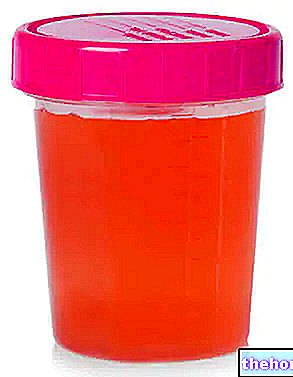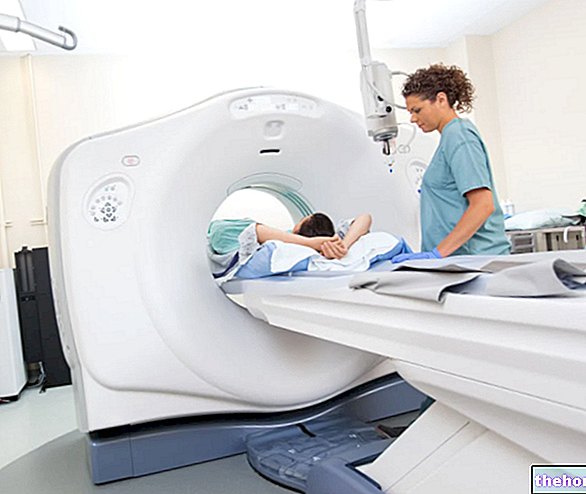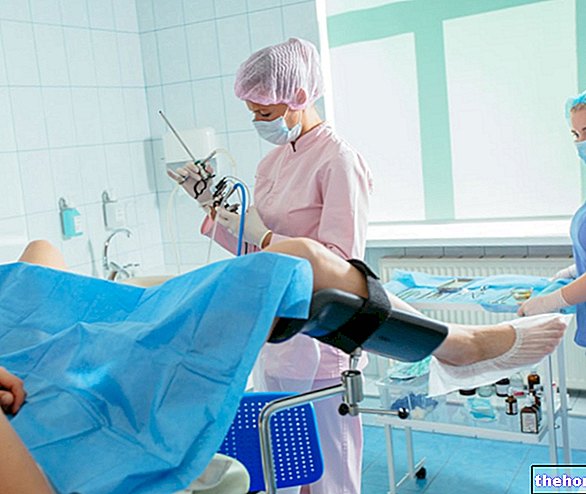A good colonoscopy preparation is made up of three key elements:

- possible adjustment of pharmacological therapies in progress and adoption of other prophylactic measures;
- low-fiber diet;
- use of drugs with a laxative effect.
These precautions are fundamental, as:
- they allow you to clean the intestine well, an aspect which is in turn essential for the success of the examination (see figure on the side);
- cause less discomfort during colonoscopy;
- reduce the risk of complications.
- each medical center to which one turns to tends to adopt its own protocol, which in the final analysis is always and in any case "sewn on" the patient should it be necessary to personalize some aspects, for example due to intolerances or allergies, diabetes, pregnancy, diseases inflammatory bowel disease, use of certain drugs such as coumadin or clopidogrel, opportunities for antibiotic prophylaxis, etc.
- In light of these considerations, the reader must always and in any case rely on the instructions provided by the medical center, even when they conflict with the notions present in this article.
Examples of diseases and conditions to be reported to the medical center to obtain a safe and personalized colonoscopy preparation protocol:
- diabetes
- glaucoma
- diverticula
- myocardial infarction within the past 6 months
- other heart diseases (e.g. mitral prolapse, other valvulopathies, etc.)
- presence of pacemakers or artificial heart valves
- allergies of any nature
- previous allergic reactions to certain drugs or anesthetics
- use of antiplatelet and anticoagulant drugs
To obtain a correct intestinal cleansing it is always recommended to take a purgative by mouth. In this regard there are differences between the protocols adopted by the various endoscopic centers, which in the final analysis are always and in any case adapted to the individual patient (in the case of certain disorders or conditions, see table) It is therefore advisable to strictly follow the instructions received regarding the type of purgative to be used, the dosage and methods of administration.
The diet for colonoscopy is important because some eating habits can favor a greater efficacy of the laxative. Let's see some general rules:
- From 5/7 days before the exam:
- stop the intake of fruit and vegetables with seeds (such as grapes, kiwis, figs, strawberries, aubergines, tomatoes and the like);
- stop taking food supplements containing iron (which tends to color the intestinal walls black and has a constipating effect);
- PLEASE NOTE: most centers restrict all these constraints to just 3 days before the colonoscopy
- From 2/3 days before the exam
- drink at least two liters of non-carbonated water per day (some centers recommend reaching 3 liters of water per day);
- avoid large meals;
- eliminate from the diet
- all foods rich in slag (fiber), such as vegetables, legumes, fruit and fruit juices with pulp, whole grains (pasta, bread, biscuits, fiber-rich breakfast cereals, etc.), fatty meats and cheeses, chocolate , alcoholic beverages
- avoid foods rich in dyes (packaged foods with a particularly bright color)
- avoid nuts and nuts in general, including foods that contain them (e.g. some cakes or sweets, peanut butter, muesli, etc.)
- avoid soups or jams containing traces of peel or seeds (eg strawberry jam and tomato jam);
- the diet must therefore be based mainly on animal foods: eggs, lean meat, fish and broth, low-fat cheeses, homogenized with small quantities of white bread. Olive oil can be used as a condiment in modest quantities. Yoghurt is sometimes allowed, as long as it is free of fruit in pieces, milk only if skimmed. Potatoes can also be eaten, provided they are peeled.
- Remember that above all there is always the main rule of avoid large meals; the colonoscopy diet envisages limiting the portions of food consumed in the 2/3 days prior to the examination.
- Suspend the intake of charcoal, often present in some preparations against the problems of meteorism, flatulence and swollen stomach, and other food supplements
- 1/2 days before the exam
- Fasting or semi-fasting is generally recommended (diet based only on liquid foods, chosen from those allowed (avoiding corrections with milk and dairy products): water, tea, barley coffee, chamomile, sweetened and not or sweetened with honey;
- It is necessary to follow the protocol concerning the correct intake of the purgative (eg polyethylene glycol, bisacodyl, saline and osmotives → isocolan etc.)
- Two hours before the exam
- Completely stop drinking fluids.
PLEASE NOTE: in the case of a virtual colonoscopy, many of the rules just seen apply, even if in general the diet is less restrictive. The risk, in this case, is that any fecal residues can be mistaken for polyps or other formations, increasing the risk of false positives.
If the subject suffers from chronic constipation, some studies overturn the rules just seen, suggesting a diet rich in fiber (in order to improve intestinal transit and allow a complete cleansing of the colon).
The above are just some general rules of the colonoscopy diet; We remind you that these indications vary slightly from one medical center to another. Therefore, in case of doubts, it is advisable to contact the medical center where the colonoscopy will be held.
Other articles on "Colonoscopy Diet"
- Preparation for Colonoscopy
- Colonoscopy
- Prepare for Colonoscopy with Herbs
- Diet after colonoscopy
- Virtual Colonoscopy

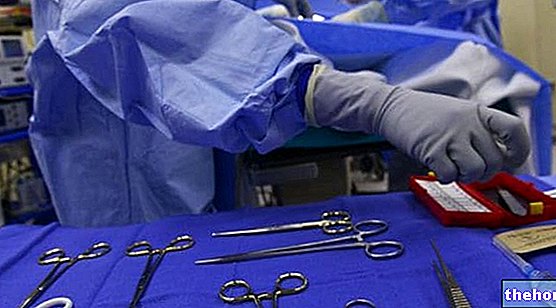
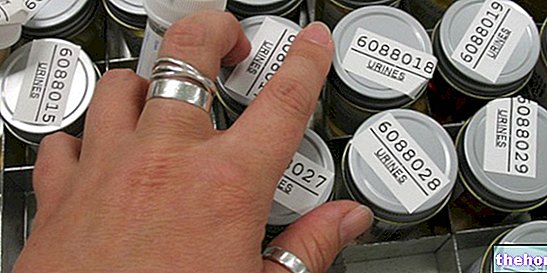
-cos-come-si-svolge.jpg)
